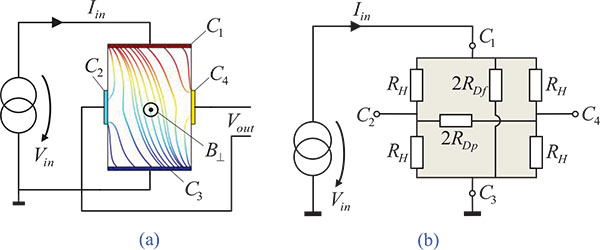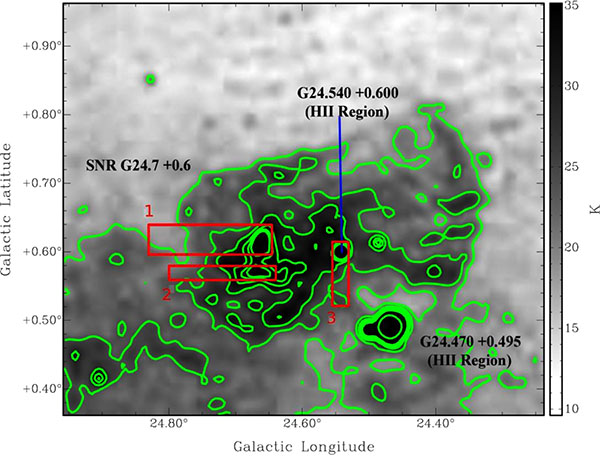LETTER
Optical Emission and Parameters of Dielectric Barrier Discharge Plasma In A Mixture of Mercury Diiodide and Mercury Dibromide Vapor With Helium
A.A. Malinina*, A.N. Malinin, A.K. Shuaibov
Article Information
Identifiers and Pagination:
Year: 2018Volume: 4
First Page: 43
Last Page: 54
Publisher Id: PHY-4-43
DOI: 10.2174/1874843001804010043
Article History:
Received Date: 6/8/2018Revision Received Date: 3/10/2018
Acceptance Date: 10/10/2018
Electronic publication date: 31/10/2018
Collection year: 2018
open-access license: This is an open access article distributed under the terms of the Creative Commons Attribution 4.0 International Public License (CC-BY 4.0), a copy of which is available at: https://creativecommons.org/licenses/by/4.0/legalcode. This license permits unrestricted use, distribution, and reproduction in any medium, provided the original author and source are credited.
Abstract
The spectral, energy and electrical characteristics of the plasma of a dielectric barrier atmospheric pressure nanosecond discharge on a mixture HgI2/HgBr2/He are investigated. The discharge was initiated by a pulse-periodic voltage with a pulse repetition rate 5-20 kHz of positive polarity, an amplitude 25.5 kV, and a half-height duration 150 ns. The emission of exciplex molecules HgI (B2Σ+1/2-X2Σ+1/2) and HgBr (B2Σ+1/2-X2Σ+1/2) was studied. Based on a comparison of the temporal behavior of the spectra of B-X transitions of HgI, 444 nm, and HgBr, 502 nm molecules, the mechanism of simultaneous formation of the exciplex molecules HgI* and HgBr* is determined. Based on the numerical solution of the Boltzmann equation for the electron energy distribution function, the energy and velocity distributions of the processes responsible for the emission of HgI and HgBr molecules are analyzed. The studies revealed the possibility of optimizing the pulsed power to obtain a simultaneous emission in the visible (violet-blue and blue-green light) spectral range in atmospheric pressure discharge in the HgI2/HgBr2/He mixture. When a short powerful pulse of several nanoseconds in duration (3-5) ns is used to obtain a relatively high initial ion ionization (1012-1013 cm-3), followed by a long pulse of tens or hundreds of nanoseconds, depending on the component composition of the mixture and pressure with relatively low electric fields, a mixed power source will ensure efficient excitation of HgI* and HgBr* molecules and may be the optimal solution for the discharge lamps based on HgI* and HgBr* emission.













